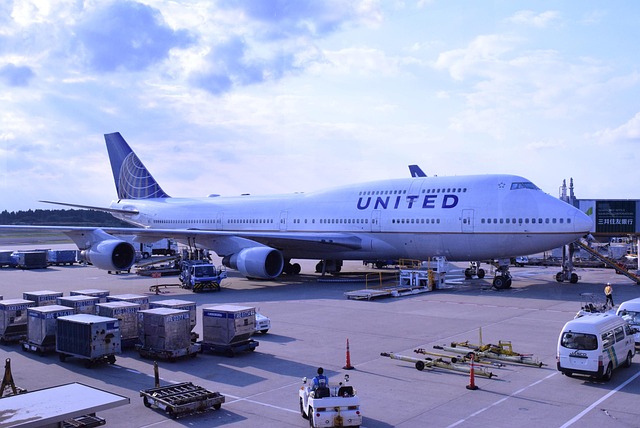Pilot Training in the United States — Clear Steps to Start Your Aviation Career
Pilot training in the United States combines structured classroom instruction with extensive flight experience to prepare students for a professional aviation career. This guide introduces key program types—from private pilot licenses to advanced commercial and airline certifications—while explaining eligibility requirements, medical evaluations, and essential safety standards.

What Are the Types of Pilot Training Programs in the US?
Pilot training in the United States encompasses multiple educational paths designed to meet diverse career objectives. Prospective pilots can choose from several program types, including:
-
Part 61 Training: Flexible, individually-paced instruction typically offered by local flight schools
-
Part 141 Training: Structured academic programs with standardized curricula, often found at dedicated aviation colleges
-
Collegiate Aviation Programs: Comprehensive degree-based training combining academic education with flight instruction
Professional Pilot Training Pathways
Becoming a professional pilot involves multiple critical steps beyond basic flight training. Aspiring pilots must typically complete:
-
Private Pilot License (PPL)
-
Instrument Rating
-
Commercial Pilot License
-
Multi-Engine Rating
-
Airline Transport Pilot License (ATPL)
Each certification represents a progressive stage of skill development and professional qualification, requiring significant flight hours and theoretical knowledge.
Commercial Airlines and Training Requirements
Major commercial airlines have specific requirements for pilot recruitment. Most carriers expect candidates to have:
-
Minimum 1,500 flight hours
-
Valid medical certification
-
Instrument and multi-engine ratings
-
Bachelor’s degree (preferred, not always mandatory)
-
Strong understanding of aviation regulations and safety protocols
Financial Considerations in Pilot Training
| Training Program | Estimated Cost | Duration |
|---|---|---|
| Private Pilot License | $10,000 - $15,000 | 3-6 months |
| Commercial Pilot Program | $30,000 - $50,000 | 1-2 years |
| Degree-Based Aviation Program | $60,000 - $120,000 | 4 years |
Prices, rates, or cost estimates mentioned in this article are based on the latest available information but may change over time. Independent research is advised before making financial decisions.
Selecting the Right Training Program
When choosing a pilot training program, consider factors such as:
-
Accreditation and reputation of the institution
-
Quality of flight instructors
-
Available aircraft and training facilities
-
Career placement assistance
-
Cost and financial aid options
Career Outlook and Opportunities
The aviation industry continues to demonstrate strong demand for qualified pilots. According to industry projections, commercial airlines anticipate significant hiring in the coming years, creating favorable conditions for well-trained aviation professionals.
Successful pilot training requires commitment, continuous learning, and a passion for aviation. By understanding the various program options and meeting industry standards, aspiring pilots can effectively navigate their career journey in this dynamic field.




